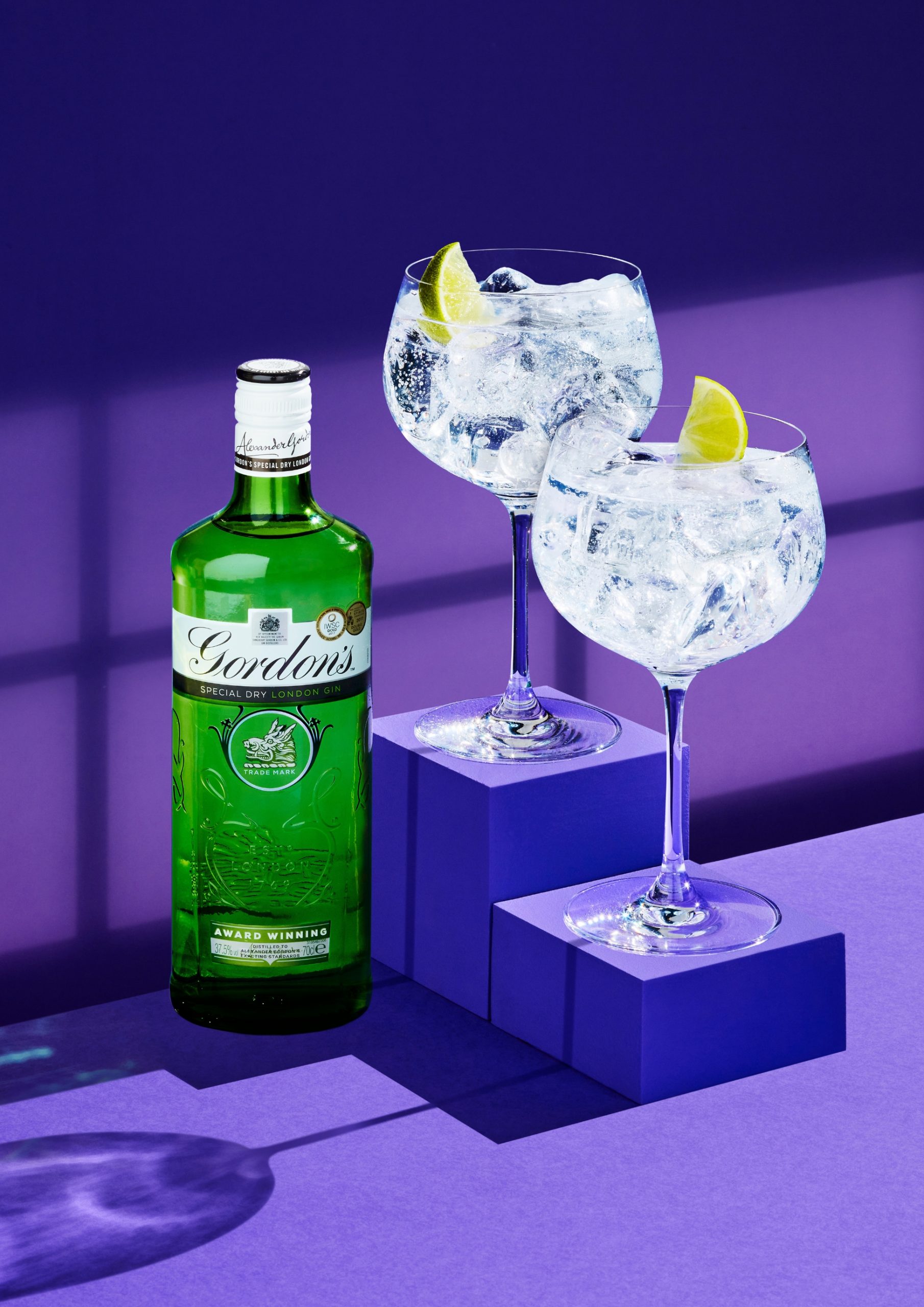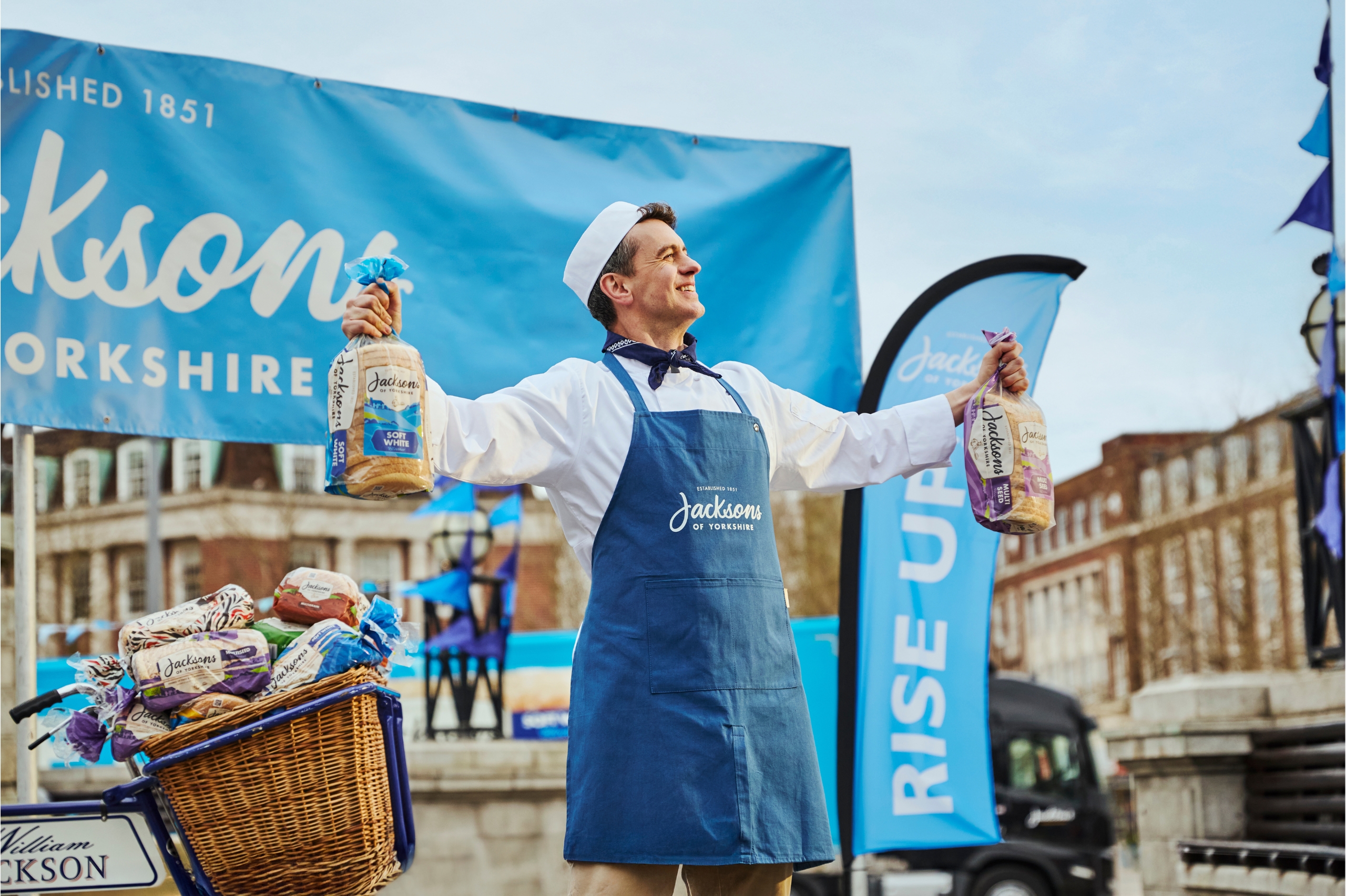The power of sound design in TV ads
From the subtle nuances of background music to the impactful use of sound effects, sound design has the power to evoke emotions, create atmosphere, and make a commercial reallyyyy memorable.
In this article, we’ll explore how sound contributes to the effectiveness of TV commercials and the techniques used to create impactful audio experiences.
To dive deeper, we’ve partnered with Justin Jones, Founder & Managing Partner at BANG YOUR DRUM and asked him a few key questions.
About this post
Published
Author
September 18, 2024
Sound is a powerful tool that can influence how we perceive and remember a commercial. It’s not just about adding music—sound design is about creating an auditory experience that brings visuals to life, giving your brand’s message that extra “jush”.
All well in theory, but, what are some techniques used by sound designers to create memorable audio experiences?
1. Strategic ese of music
Composers and sound designers may create custom scores or choose licensed tracks that enhance the emotional impact of the visuals. The timing of the music—when it builds, crescendos, or quiets down—can be crucial in guiding the viewer’s emotional journey through the commercial.
We asked Justin: what specific elements would you say made the audio stand out here, and ultimately influenced the emotional response of viewers?
“The funny thing is, the sound in this commercial was designed to not stand out. The key to getting it right was subtlety. It was about creating a realistic ambiance that made the storytelling feel authentic and immersive. After that it’s a balancing act to drawing the viewer through the creative helping them pay attention to specific moments, like the frustrated exhale of breath as the pen strikes yet through another dead end on the list or projecting joy during the meal in the closing scene.”
2. Sound effects and Foley
Sound effects, or Foley, are added to commercials to enhance realism and create an immersive experience. These sounds might include footsteps, doors creaking, or the clinking of glasses. Effective Foley work can make a scene feel more tangible and engaging, drawing the viewer deeper into the narrative.
We asked Justin: Can you overuse Foley in a commercial? How do you decide which sounds to use and which to leave out?
“Absolutely, and in two different ways. Firstly, you can overload the scene, so everything that can make a sound, does make a sound. That works fine until you start adding in the music soundtrack and the dialogue or the voice over, all of a sudden it all starts to sound very cluttered. Secondly, you can overuse Foley by having an unbalanced sound where some objects or elements sound louder than they should be, or compared to other sound elements in the scene, things like this drawing the viewer out. The sound designer’s best friend is the volume slider.”
3. Voiceover and dialogue
The voiceover in a commercial needs to be carefully recorded and mixed to ensure it stands out while blending seamlessly with the background audio. The tone, pace, and delivery of the voiceover are critical in conveying the right message and mood.
We asked Justin: how did you achieve the right balance between VO and other audio elements in this project?
“For this creative, the most important thing was the linguistic playfulness between the words ‘cheese’ and ’squeeze’, so the VO had to take priority. As well as creating a sense of ‘realness’ the sound design main job was the sure make the product comes across as delicious. Unlike Majestic, the music didn’t drive the narrative so it could take more of a back seat.”
4. Sonic branding
Sonic branding involves creating specific sounds or jingles that become associated with a brand. These sounds are used consistently across various ads and platforms to build brand recognition. Sonic logos, such as the Intel “bong” or the Netflix “ta-dum,” are prime examples of how sound can become an integral part of a brand’s identity.
5. Dynamic range and contrast
Great sound design often plays with dynamic range and contrast to create impact. For example, a sudden shift from quiet to loud can grab attention, while a gradual build-up of sound can create suspense or excitement. Balancing these elements ensures that the sound design enhances the storytelling without overwhelming the viewer.
We asked Justin: looking ahead, how do you see advancements in audio technology shaping the future of sound design in advertising? What new possibilities do you think will emerge?
“Two things are driving the conversation at the moment. One is, sorry if this sounds lazy, AI. Massive advancements have been made across music and voice, sound design is lagging a little behind, but I think the big sound libraries are going to start training AI models and bring out new products that will help us to search and shape sound in innovative ways. The other thing capturing attention is 32 bit float recording. 32 bit float allows us to capture sound at any level without distortion, from a pin drop to an exploding building without the need to make adjustments. So you don’t need to worry about levels you can just concentrate on recording the action.”





